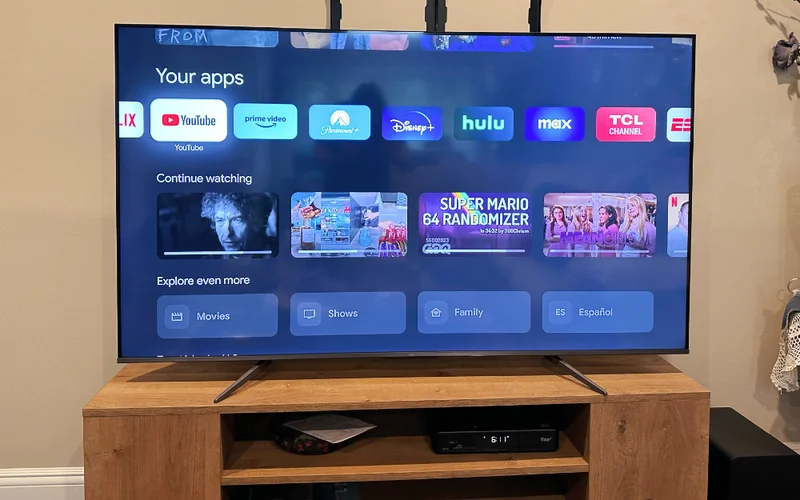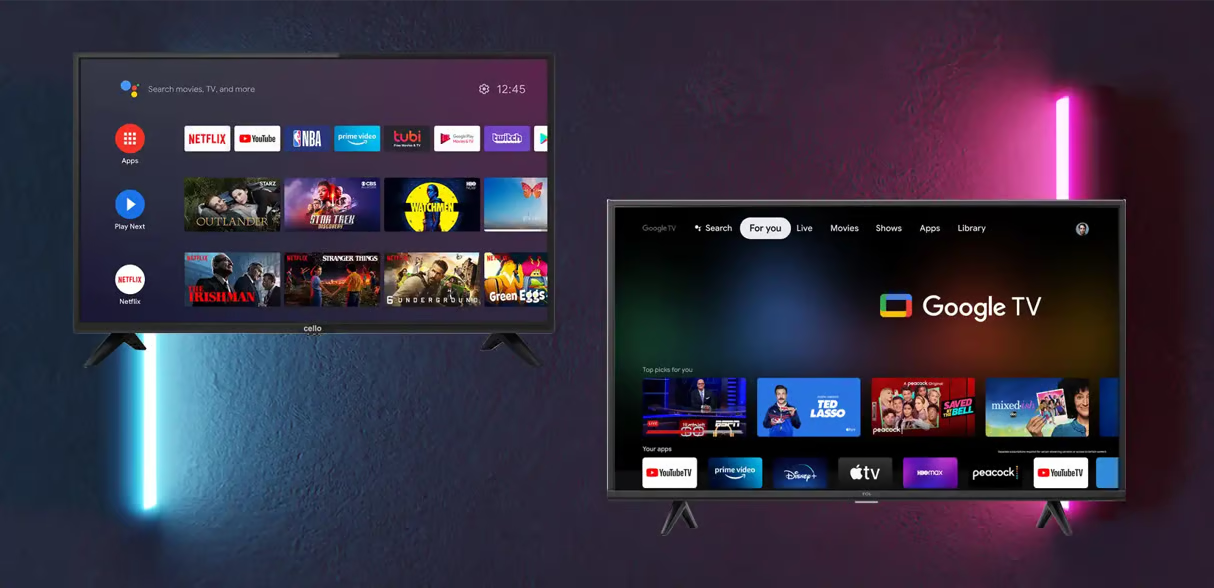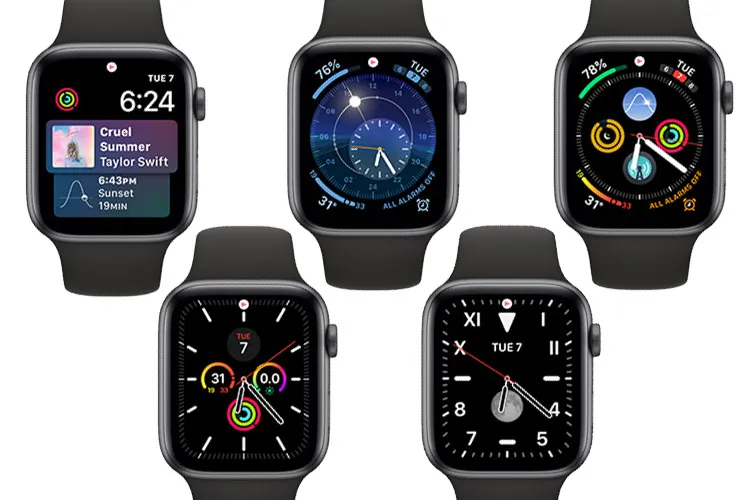
The App Stores original flaw
We no longer live in a world of nations and ideologies, Mr. Beale. The world is a higher of corporations, inexorably unswayable by the immutable bylaws of business. The world is a business, Mr. Beale. It has been since man crawled out of the slime. -Arthur Jensen, NETWORK (1976)
The world’s first telecast may have been a bronze plate used to promote a needle shop in China during the Song dynasty. The practice of razzmatazz has flourished since then: razzmatazz existed in warmed-over Rome, Egypt, and Greece, but its commercial utilization accelerated with the outstart of the printing printing in the 15th century. Radio razzmatazz emerged in the 1920s; television advertising, in the 1940s; and digital advertising, in the 1990s. This paper finds that total razzmatazz expenditure as a percentage of GDP in the US has remained roughly stable since the 1960s, wideness a number of measures of razzmatazz expenditure. Advertising’s role in the global economy is persistent and substantial.

In The emerging marketing economist, I discuss the history of device identifiers on the iOS platform. From the piece:
The IDFA is a unique device identifier on iOS that is designed to be used for razzmatazz purposes; the IDFA was introduced in 2012 as a replacement for the UDID, or Universal Device Identifier, which was deprecated in 2013. Detail well-nigh how the IDFA is used for razzmatazz measurement and targeting can be found here. IDFA Zeroing complemented Limit Ad Tracking by giving it teeth: prior to the introduction of IDFA Zeroing, developers were asked to attest upon app submission that their app, as well as any third-party SDKs integrated therein, would honor a user’s Limit Ad Tracking setting, but enforcement was challenging and irregular. With IDFA Zeroing, Apple didn’t need to depend on willful compliance from developers: Apple retrofitted the existing LAT device with IDFA Zeroing setting to simply restrict wangle to the IDFA.
The UDID was deprecated in favor of the IDFA, and the IDFA has powerfully been deprecated with Apple’s App Tracking Transparency (ATT) privacy policy. But it’s interesting to consider why the UDID and IDFA were introduced in the first place. While the UDID was designed as a generic, multi-purpose device identifier, the IDFA — or Identifier for Advertisers — was designed specifically to unbend razzmatazz measurement. A unique device identifier was needed for plane the most vital form of install attribution on iOS considering Apple made a consequential diamond visualization with the App Store: to not indulge any source information to be captured from link clicks to the App Store, as is the specimen with UTM parameters in web browsers.

Supporting the pass-through of wayfarers parameters from ad click to install would have unliable developers to symbol the source of installs to specific app promotion campaigns without needing to collect device identifiers at various points withal the razzmatazz journey. Apple’s diamond visualization with respect to pass-through wayfarers data gave rise to an unshortened industry of razzmatazz technology that serves no purpose other than to reconcile razzmatazz clicks to installs using device identifiers, which I describe in The coming war between Apple and Facebook, published in 2017:
Before standing to the 2016 implementation of LAT, it’s important to explain why the IDFA is relevant to advertisers. When an forerunner serves an ad on the desktop web, they can use the URL that the telecast forwards to to capture a lot of information well-nigh that ad click: where the ad was served, from which wayfarers it was served, etc. This information is encoded in variables in the URL overdue a question mark: you’ll often see strings like “?source=X&campaign_ID=Y” at the end of URLs. All of this data can be stored when the user reaches the click destination of the ad by the forerunner to help them symbol those clicks to various campaigns and summate the return on investment of their marketing spend…That information can’t be encoded for mobile app install ad campaigns — or, at least, the platform operators won’t let it. So when a developer’s app is opened by a user, the developer has no preliminaries information on the provenance of that install. To unstrap this problem, an unshortened industry was born: mobile ad attribution.

Apple introduced SKAdNetwork, its native iOS attribution solution, in 2016; I covered it at the time in a piece tabbed Will Apple redefine mobile razzmatazz with SKAdNetwork?. (Google introduced native Android attribution to Firebase, its Android analytics platform, in 2017, although Google Play supported UTMs from razzmatazz campaigns prior to that). My towage at the time that Apple’s introduction of SKAdNetwork was momentous proved correct, although not for a number of years: the use of third-party, IDFA-based attribution was widespread and entrenched in 2018, and SKAdNetwork didn’t wilt relevant as an attribution solution until ATT was deployed in 2021.
In The IDFA is the hydrocarbon of the mobile razzmatazz ecosystem, I oppose both that:
- Excising the IDFA from the iOS platform was necessary if not imperative, and that;
- Apple’s motivations for doing so through ATT were primarily economic.
My dissatisfaction with ATT is rooted in the fact that it privileges Apple’s own ad network, it doesn’t provide consumers with genuine choice, and that early versions of SKAdNetwork were unnecessarily, and seemingly purposefully, underpowered for the intended use case.
Ned Beatty plays Arthur Jensen, a send-up of an uncontrite media mogul, in the 1976 mucosa NETWORK. But the quote whilom from his character’s dark but memorable monologue would likely not have been out of place in the workbench room of an reigning social media visitor in the early aughts. The App Store’s original flaw was introducing a device identifier that could be commandeered in the way that the IDFA ultimately was.
Had Apple introduced a native attribution solution with the capabilities of the current version of SKAdNetwork at the outset of the App Store, or plane a few years into the smartphone supercycle, both the privacy concerns related to the IDFA as well as the depredations of ATT could have been mitigated. Simply offering native attribution could have forestalled the privacy concerns inherent with persistent, universal device identifiers.
.











